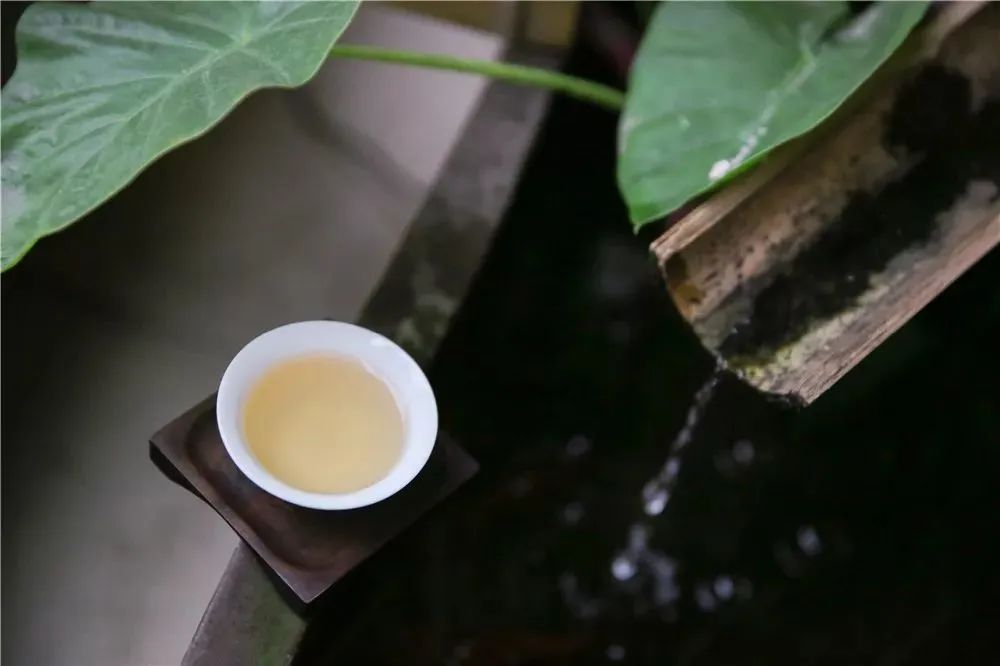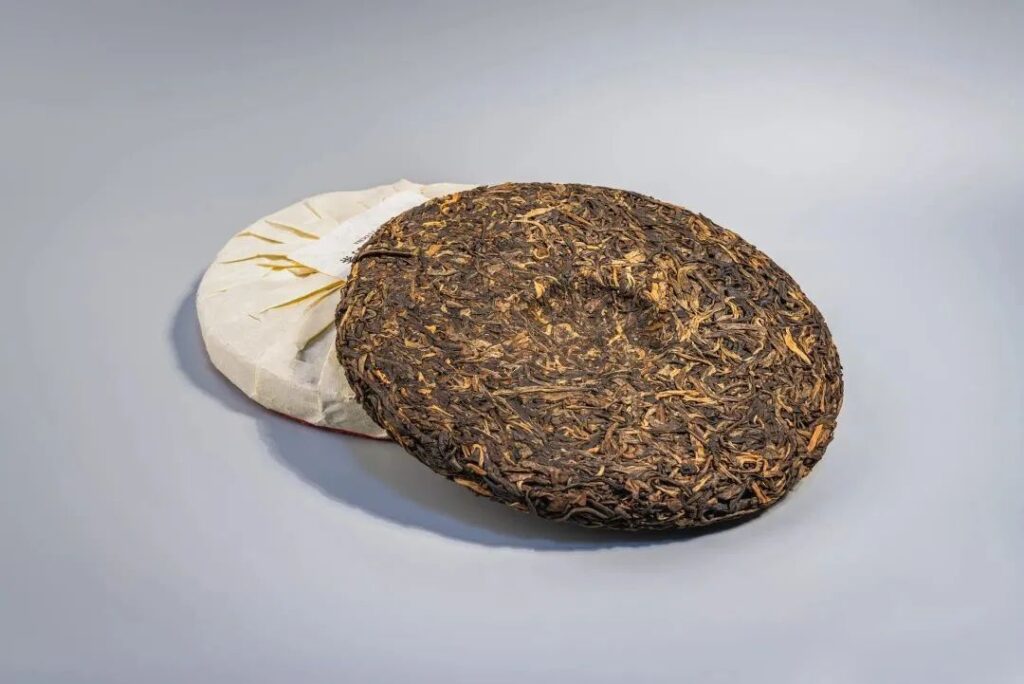The Summer Solstice marks the fourth solar term of summer and the longest day of the year with the most daylight. In the midst of the intense summer, there are always spectacular views. As the solstice arrives, cicadas begin to chirp, heralding the arrival of midsummer, and the growth of all things reaches its peak. In the midst of the hot summer, the heat is vigorous, and drinking tea becomes an important way for people to cool down and relieve the heat.
However, the tea stored at home often loses its original aroma and taste due to improper storage methods, which is quite regrettable. We need to use appropriate storage methods to retain the tea fragrance. From the characteristics of tea leaves, there are many environmental factors that can cause tea to deteriorate, such as air humidity, temperature, light exposure, and oxygen content. As the Summer Solstice arrives, temperatures are high, and there is more rain and strong light exposure, which accelerates the rate of tea deterioration. It is necessary to adopt suitable preservation methods based on the characteristics of tea. Tea leaves are porous and dry, with strong adsorption properties, capable of absorbing odors and moisture. Additionally, tea is highly susceptible to oxidation, leading to color changes and loss of aroma. As temperatures rise after the Summer Solstice, most people choose to store tea in the refrigerator at low temperatures. It is important to note that tea leaves are highly susceptible to absorbing odors from different foods in the refrigerator. Ordinary sealed metal cans may not completely block the entry of odors, and not all types of tea can be stored in the refrigerator. The most important point in home tea storage is to keep it dry. Tea leaves that become damp not only change in appearance but also affect the flavor of the tea, and may even mold. Additionally, avoiding light and isolating air are also important measures to prevent tea oxidation. After the Summer Solstice, there are five precautions to take when storing tea at home according to the climatic characteristics of summer: ① Prevent moisture. Tea leaves easily absorb moisture from the air, accelerating deterioration. ② Prevent high temperatures. High temperatures accelerate the degradation of chlorophyll in tea leaves. According to experiments, for every 10-degree increase in temperature, the rate of tea browning increases by 3 to 5 times. ③ Prevent odors. In summer, due to the easier volatilization of various odors, dry tea leaves are more prone to absorbing odors, leading to impure aromas and noticeable miscellaneous odors. Tea leaves are very susceptible to absorbing odors, so they must be sealed and stored separately. ④ Prevent strong light. Light can oxidize tea pigments and lipid substances, affecting the quality of tea. When storing tea, it is essential to use non-transparent packaging materials and avoid exposure to strong light. ⑤ Prevent oxidation. In summer, high temperatures make tea more susceptible to oxidation than in other seasons. Different types of tea have different focuses: ① Green tea. To better retain the fresh taste and components such as polyphenols, vitamin C, and chlorophyll, green tea needs to be stored in the refrigerator for cold preservation. If green tea is stored for more than three months, it should be placed in the freezer section.Red Tea. Red tea, a high-aroma fully fermented tea, is relatively insensitive to temperature and oxygen content, but its aroma is prone to dissipation. Therefore, the key to preserving red tea lies in airtightness, and it is best stored in a tin can with a double lid for better sealing.
White Tea. White tea should not be placed in high temperatures, strong light, or odors. It is best to ensure that the tea storage environment is well-ventilated, dry, at room temperature, and odor-free. White tea does not require refrigeration; otherwise, the tea will absorb a lot of moisture, leading to mold. Oolong Tea. Oolong tea with a lower degree of fermentation should be sealed in aluminum bags and iron cans and stored in the refrigerator, while oolong tea with a higher degree of fermentation is suitable for storage at room temperature, such as Wuyi rock tea, Dahongpao, and roasted Tieguanyin. They only need to be stored in a place that is light-proof, cool, clean, and dry, and can be preserved for 18 to 24 months. High-roasted rock teas can even be stored for several years. Pu-erh Tea. Pu-erh tea, a post-fermented tea, is the easiest to store. It can be stored at room temperature, but it should be avoided from being damp against walls or floors. Additionally, raw pu-erh and ripe pu-erh should be stored separately to prevent the mixing of different aromas, which can affect the drinking experience.


